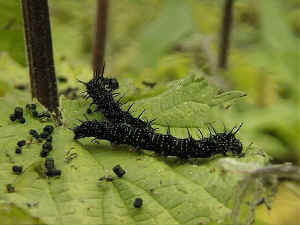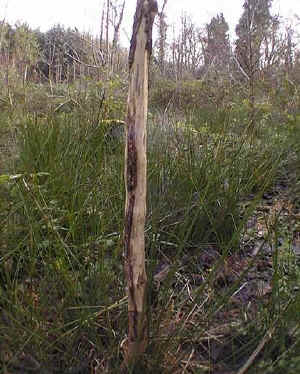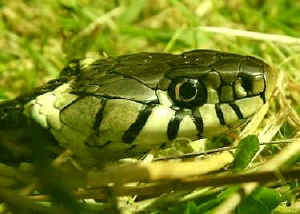| Dry land at the edges of a wetland, is dry in
the sense that you could walk around it without having to wear wellington boots. However,
it may still flood sometimes and the plants which grow here prefer moist conditions. Trees
such as Alder are found here, together with Willow. They provide food for a whole range of minibeasts from beetles to moth caterpillars. Alder trees are prone to rotting, while still standing. A vast range of wood-rotting mini beasts will inhabit the dead timber. Birds such as Greater Spotted Woodpeckers will use their long beaks to drill through the wood so they can eat the mini beasts. |
|
 |
Plants such as Nettles are common in these areas and may be covered with the black, spiky caterpillars of Peacock butterflies. In the rough grass areas, small mammals such as Bank Voles may occasionally be seen. |
 |
Larger mammals such as Roe Deer are attracted to this type of area. The males (bucks) reveal their presence to the sharp-eyed observer, by fraying the bark of saplings as they mark out their territories. |
 |
If you walk really quietly through this area in the summer, you might well discover a Grass snake basking in the sun. Once it is warm enough, it will slither off to hunt small amphibians, such as frogs. They will even go into the water to hunt fish. |